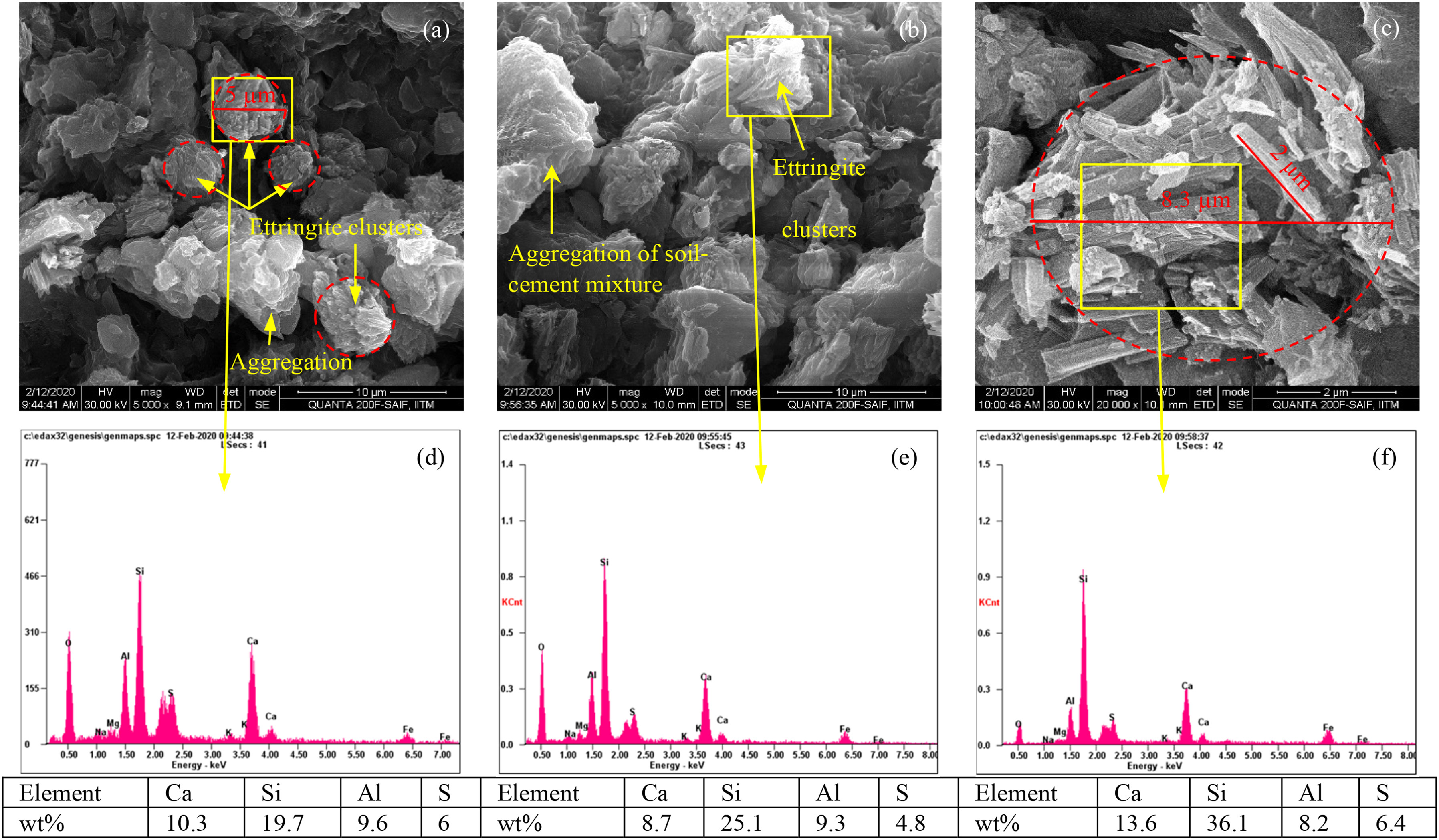JRMGE / Vol 13 / Issue 5
Significance of compaction time delay on compaction and strength characteristics of sulfate resistant cement-treated expansive soil
P. Sriram Karthick Raja, T. Thyagaraj
Show More
Department of Civil Engineering, Indian Institute of Technology Madras, Chennai, 600 036, India
2021, 13(5): 1193-1202. doi:10.1016/j.jrmge.2021.03.003
Received: 2020-10-04 / Revised: 2021-01-17 / Accepted: 2021-03-08 / Available online: 2021-04-02
2021, 13(5): 1193-1202.
doi:10.1016/j.jrmge.2021.03.003
Received: 2020-10-04
Revised: 2021-01-17
Accepted: 2021-03-08
Available online: 2021-04-02
Keywords: Compaction time delay, Ettringite, Sulfate resistant cement (SRC), Mercury intrusive porosimetry (MIP), Sulfate
Article Data
Author(s) Information
Dr. T. Thyagaraj
ttraj@iitm.ac.in

Dr. T. Thyagaraj is currently a professor at the Department of Civil Engineering, Indian Institute of Technology (IIT) Madras. He obtained his BE degree (Civil) from Osmania University, Hyderabad, and MSc and PhD degrees from Indian Institute of Science, Bangalore. He worked as an assistant professor at the Department of Civil Engineering, National Institute of Technology (NIT) Warangal during 2006–2007. He had a brief stint at King Saud University as a research fellow and as an assistant professor during 2008, before moving to IIT Madras as an assistant professor in August 2008. He is actively engaged in teaching, research, consultancy and administration at IIT Madras. His research interests include unsaturated soil behavior, ground improvement, geoenvironmental engineering and use of waste materials in civil engineering applications. Dr. Thyagaraj received the prestigious Indian Geotechnical Society (IGS)’s Prof. Dinesh Mohan Award in 2016 for excellence in geotechnical practices. He is a qualified NABL Assessor for ISO/IEC 17025:2017. Dr. Thyagaraj is currently an active Executive Council Member of IGS National body and IGS Chennai Chapter.

